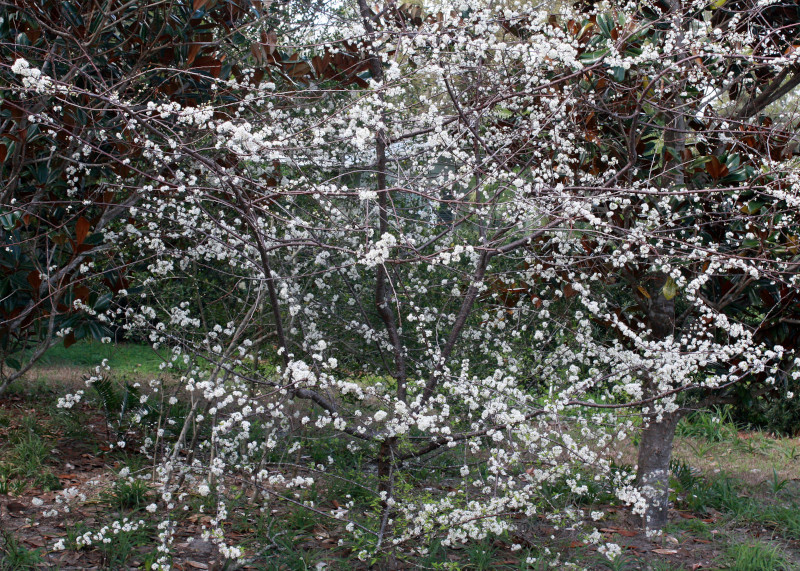
Chickasaw Plum Facts
- This beautiful creation of evolution typically remains best known by the catchy yet informative common name of the Chickasaw Plum. It does have other titles, though, These include such terms as Florida sand plum, sandhill plum, and Cherokee plum.
- In the scientific community, however, it’s probably better known by its technical moniker. As such names go, that’s a relatively simple term for the layperson to pronounce. That’s because this Angiosperm bears the epithet Prunus angustifolia.
- The intriguing plant received that name due to the efforts of Charles Sargent. The respected American botanist recorded the first official acknowledgement of it as a separate and distinct species. That scientifically noteworthy deed occurred in 1894.
- Regardless of which of these terms one chooses to employ, it remains a fascinating species, with a rich history. That’s true since local Indigenous Peoples long knew of it, and even cultivated it, long before its discovery by European explorers and colonists.
- Thankfully, today the Chickasaw Plum continues to maintain a population base that’s both stable and sufficient. That pleasant state further appears to hold true throughout the entirey of its range. The IUCN therefore currently lists it as Least Concern.
- The lovely Eudicot nevertheless still faces several potential threats to its continued existence, at least. Like most species, many of these dangers stem from the actions of mankind. They include such perils as habitat loss, and the effects of climate change.
Related Articles
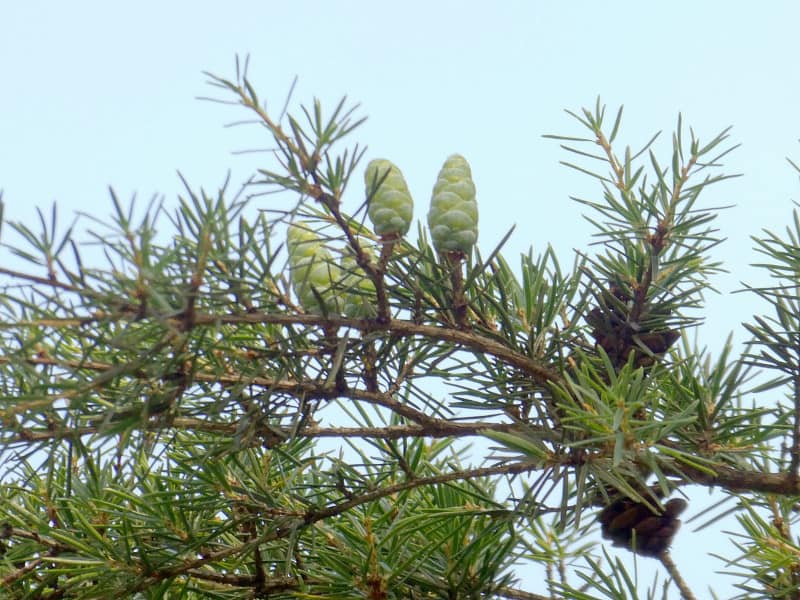
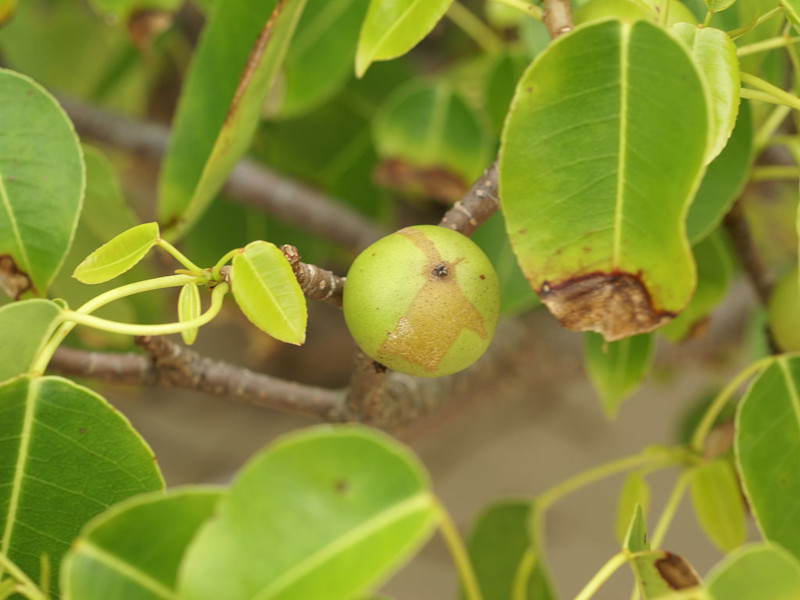

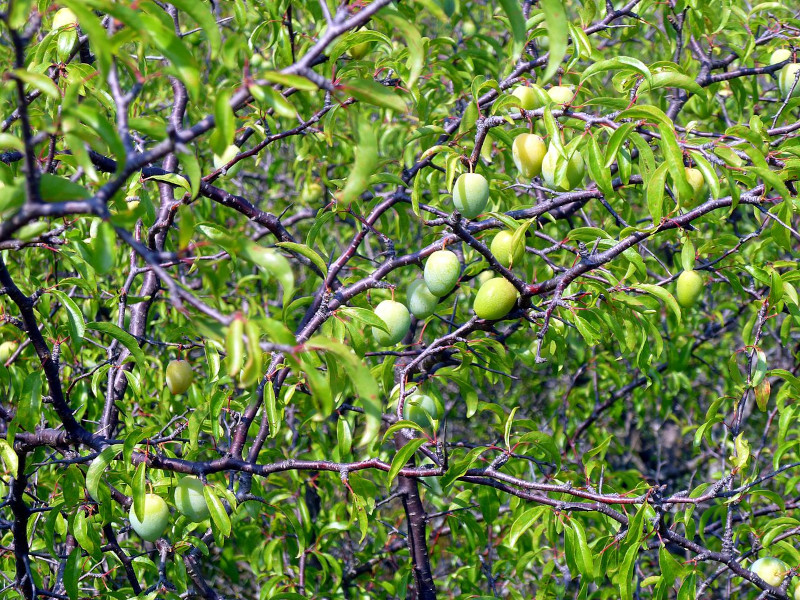
Chickasaw Plum Physical Description
The remarkable Chickasaw Plum merits apprecitation by those who love Nature for a variety of reasons. Sheer size, though, doesn’t really rank among those differing factors. That’s true since, in that respect, this marvel forms a moderately small member of its Phylum.
Yet it stands out for other reasons. One of those is the impressive adaptability of the species in a certain regard. This flora develops as either a small tree of large shrub. Which of these forms it develops into depends largely on various local environmental factors.
Nonetheless, a specific range of height tends to dominate within specimens of the species. The great majority of its examples attain a vertical reach measuring between 12 – 20 ft (3.7 – 6.1 m). In width, most individuals average a diameter of roughly 15 – 20 ft (4.6 – 6.1 m).
Its trunk produces numerous thin branches, that typically expand in a highly irregular pattern. Each of these additionally produces multiple side branches. These, in turn, possess a distinctively thorn-like structure. The entire network twines together densely.
Interestingly, the two distinct types of branches also display another visually unusual pattern. The bark of the main branches presents a scaly structure, that’s nearly back in color. Meanwhile, the many smaller one’s typically display a somewhat reddish color.
The blooms of the delicate Chickasaw Plum also catch the eye of the observer. These develop as small, averaging about 0.31 – 0.39 in (8 – 10 mm) in diameter. Each produces 5 petals with a bright white shade. The small anthers show either red or orange in color.
As the name of the beautiful flora implies, the fruit develops as a variety of plum. Typical of related species, these possess a roughly circular, cherry-like shape. In color, each generally displays an orange-red hue. It’s also more deeply pitted than most of its relatives.
- Kingdom: Plantae
- Phylum: Tracheophytes
- Class: Magnoliopsida
- Family: Rosaceae
- Genus: Prunus
- Species: P. angustifolia
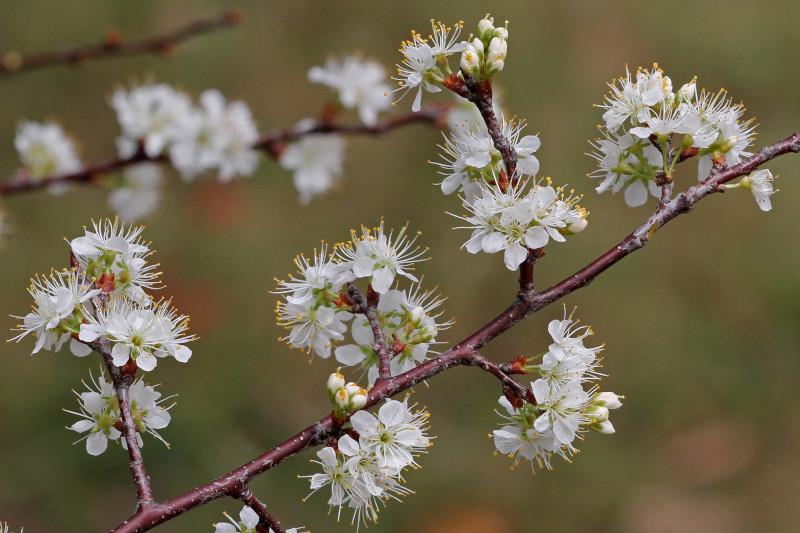
Chickasaw Plum Distribution, Habitat, and Ecology
The precious Chickasaw Plum evolved as native to a moderately broad swathe of the globe. The precise location and extent of that zone of habitation comes as no surprise to many, though. That’s because it developed as endemic to a portion of North America.
Within that greater overall area, it appears solely inside the borders of the United States. The majority of known populations inhabit the central and eastern sections of the country. Scattered groupings do appear in other areas though, perhaps due to human activities.
The tree also displays a basic nature that aids in its continued thriving. That’s in the fact that it shows a decidedly high level of adapatability regarding its choice of habitat. Most of the regions it lives in share one underlying trait, though. That’s the presence of dry soil.
The marvel of Nature thus makes its presence noticed in a wide range of ecosystems. These include sandy areas of savannahs, prairies, and plains. Yet it’s also present in sections of woodlands, their edges, forest openings, pastures, meadows, and even along roadsides.
Despite its comparatively small stature, the Chickasaw Plum plays a vital role in the ecosystems in which it resides. Many insect species use it as a host for their larvae. This includes such creatures as the Cecropia Moth, and Eastern Tiger Swallowtail, among others.
Its uses don’t stop there, however. Its folige, combined with the thorny nature of its limbs, provides shelter and nesting sites for some animals, such as birds. Many animals also consume its tiny fruits, including humans. This includes raw and in various jellies.
Species Sharing Its Range
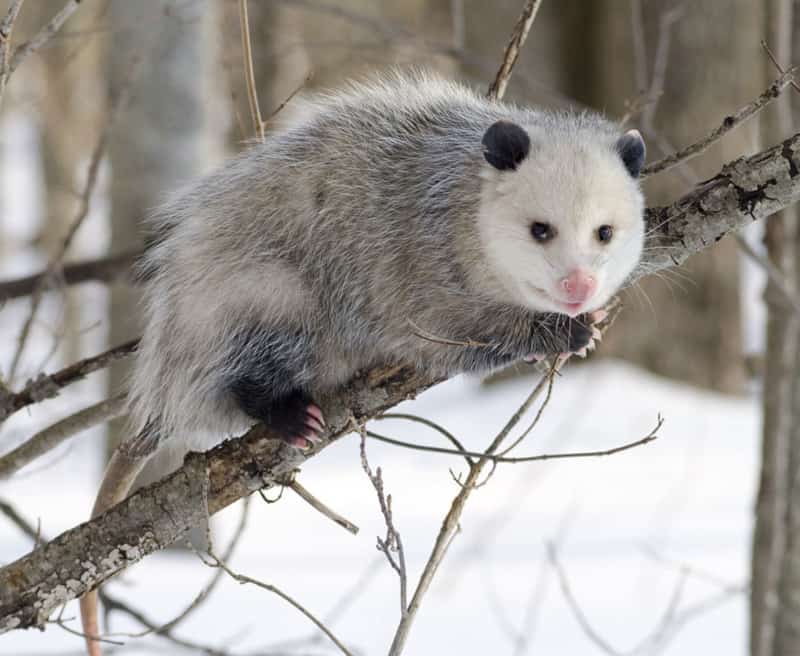
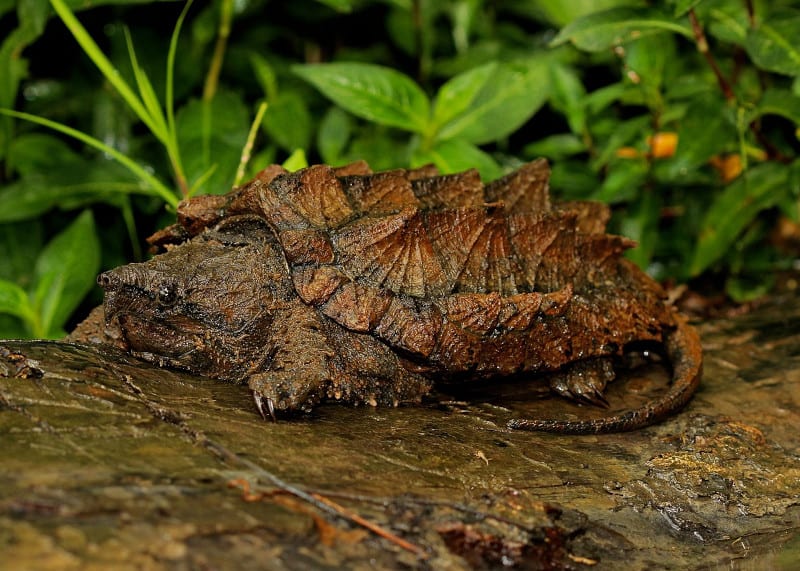
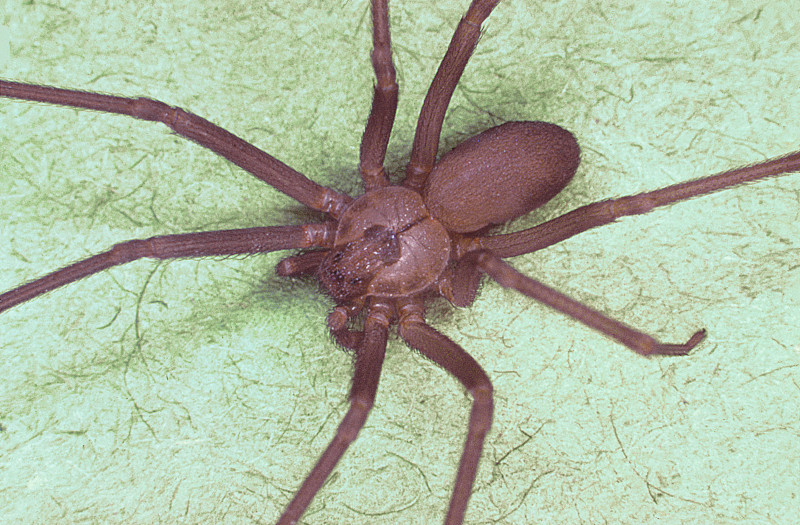
Check out our other articles on 4 Supremely Stunning Squirrels, Great Potoo, McMurdo Dry Valleys, Harp Seal, Australian Painted Lady, New Guinea Crocodile, Indian Bullfrog, Tiger Shark









Leave a Reply